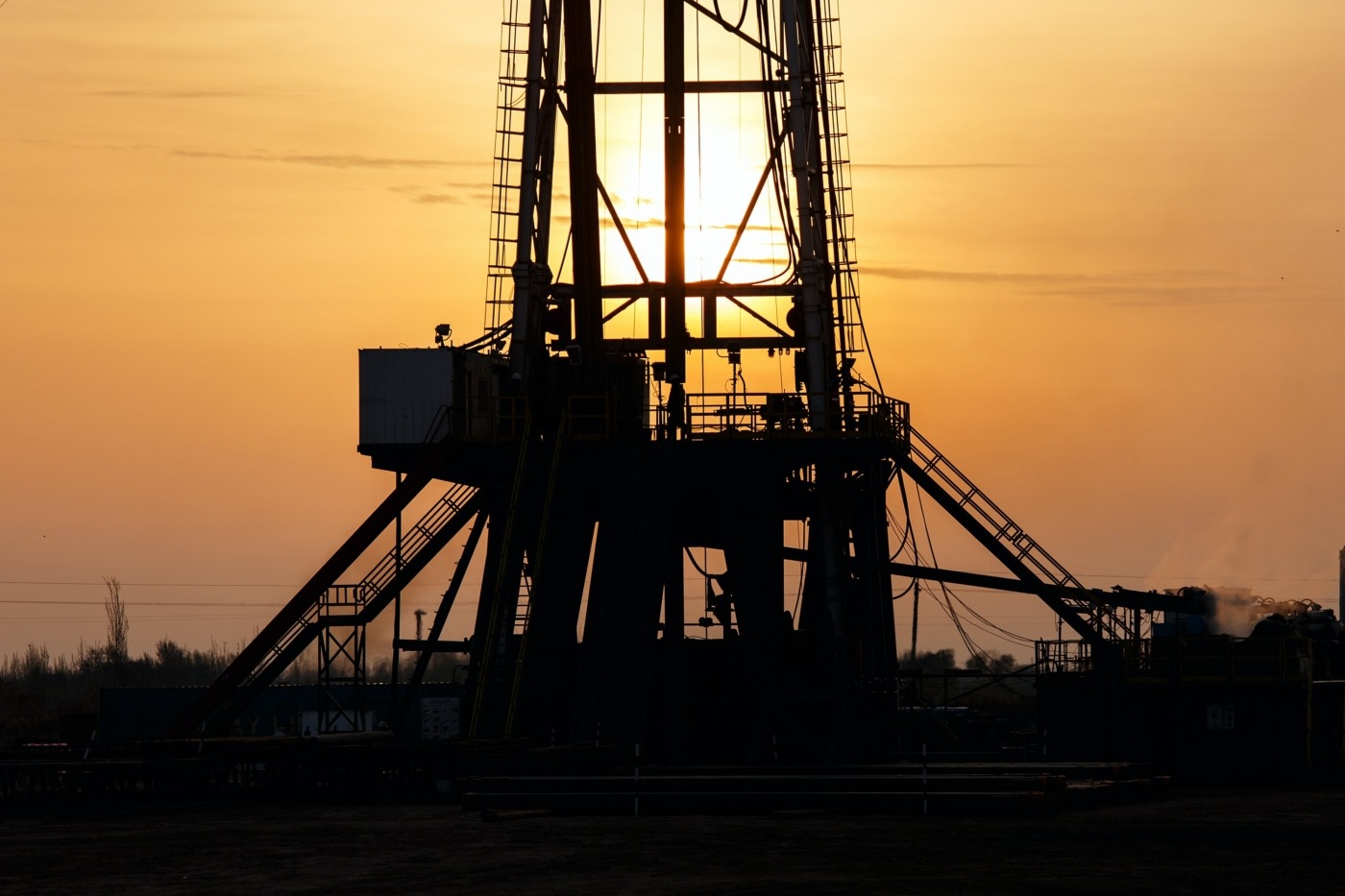OPEC: How a locked-down world and American Shale spell long-term trouble
At the beginning of 2021, Saudi Arabia made a surprise announcement that it would sharply cut oil production in a desperate bid to lift oil prices, signaling fears about a faltering global economic recovery from repeated lockdowns. The kingdom has pledged to cut its production by a further one million barrels per day in February and March to address the slump in demand.
The now monthly assessment by the Saudi-led Organization of the Petroleum Exporting Countries, known as OPEC, came to a decision with a group of Russian led producers, collectively known as OPEC+, that would hold production steady. This is because Russia and Kazakhstan are set to increase production, reportedly due to fears of losing market share to the United States (US), but Saudi-led OPEC were wary of production increases fast outpacing depressed demand as the world grapples with the dire economic fallout of lockdowns and covid-19 restrictions. The Saudi’s voluntary cut in production will offset the increase in Russian output, balancing their interests.
In response three OPEC members, Iraq, Abu Dhabi (United Arab Emirates), and Kuwait, have announced they will raise their Asia February prices for oil. Crude oil prices jumped on the Saudi announcement of production cuts and price boost, on 13 January Brent Crude rose to $57.40, the highest in over six months.
As lockdowns spread worldwide, from their origin in China to Italy and beyond, the demand for OPEC oil fell to a 30-year low
OPEC is essentially a Saudi-led oil cartel whose purpose is to influence global oil prices for the benefit of its members. It was founded in Baghdad by Iran, Iraq, Kuwait, Saudi Arabia, and Venezuela, although it has its headquarters in Vienna, Austria.
OPEC replaced the previous oil cartel nicknamed the ‘Seven Sisters’ which was a group of transnational oil companies which made up the ‘Consortium for Iran’. They dominated the oil world from the end of the Second World War until the mid-1970s when the industry shifted towards state-owned oil companies such as Saudi Arabia’s Saudi Aramco, Russia’s Gazprom, and Venezuela’s PDVSA of which the OPEC cartel became dominant.
Their decades of dominance appear to be showing cracks. Back in April 2020 as lockdowns spread worldwide, from their origin in China to Italy and beyond, the demand for OPEC oil fell to a 30-year low. Global oil demand in Q2 of 2020 was projected to be 86 million bpd, down 12 million compared to the year prior, OPEC demand meanwhile was predicted to fall 9.6 million to only 19.73 million bpd.
The combination of OPEC and the Russian-led group is known as OPEC+ and they agreed last year to cut 9.7 million bpd from the oil market in May and June. The demand slump has been persistent and production cuts are being made again facing the same global pressure. However, OPEC+ have diverged with Saudi Arabia taking the cut to offset the Russian desire to increase its own output.
The US shale industry is a major threat that OPEC must consider
A pressing factor underlying these decisions appears to be the role of the United States. Under Donald Trump’s presidency the US has seen its energy independence grow massively lowering its reliance on Middle Eastern oil. The US since September 2019 has returned to being a net exporter of oil in its own right, the first time since government record began in 1949.
The US shale industry is a major threat that OPEC must consider, it is reported that profits from the shale industry, having recently slashed costs, will be greatly helped by the recent OPEC+ decision which hopes to cut production to raise prices.
The US is having a destabilising effect on the global oil world and this is only going to accelerate and unsettle the OPEC cartel. The US even managed to top Saudi Arabia as the top oil exporter for a month in June 2019 with a spike in shale production, they are likely to keep challenging the Saudi’s crown for a while to come. With the slump in demand due to global lockdowns the threat could not have come at a worse moment.
Over the coming years we may get to witness another major shift in the oil industry, likely triggered by the US and Russia at the expense of OPEC and specifically Saudi Arabia. Saudi Arabia and OPEC may soon be facing tough questions about their future.
The shale revolution in America coupled with a global demand slump and fears about a painfully slow global economic recovery indicate that whilst it may be too early to call the end of OPEC, their fortunes are no longer as bright as they used to be.

Comments